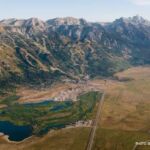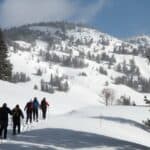Read The
Current Issue
5 Ways Jackson Hole Might Hurt You
How to prevent, and recover from, some of the most common things that might sidetrack your Jackson Hole adventure.
// By Bevin Wallace
Whether you’re here for a weeklong vacation or a lifetime, spending time in Jackson Hole is glorious. The scenery, the fresh mountain air, the wildlife, and the endless options for outdoor adventure make this one of the most desirable places to visit or live on earth. Most people want to make the most of their time here and, therefore, try to avoid the potential hazards of mountain living and recreating. So, it’s useful to know the risks and how to prevent and/or recover from them. Here’s a rundown of some (but not all) of the things that might go wrong on a hike, mountain bike ride, backpacking trip, or fly-fishing excursion around Jackson, and some tips for avoiding having them ruin your next mountain outing.
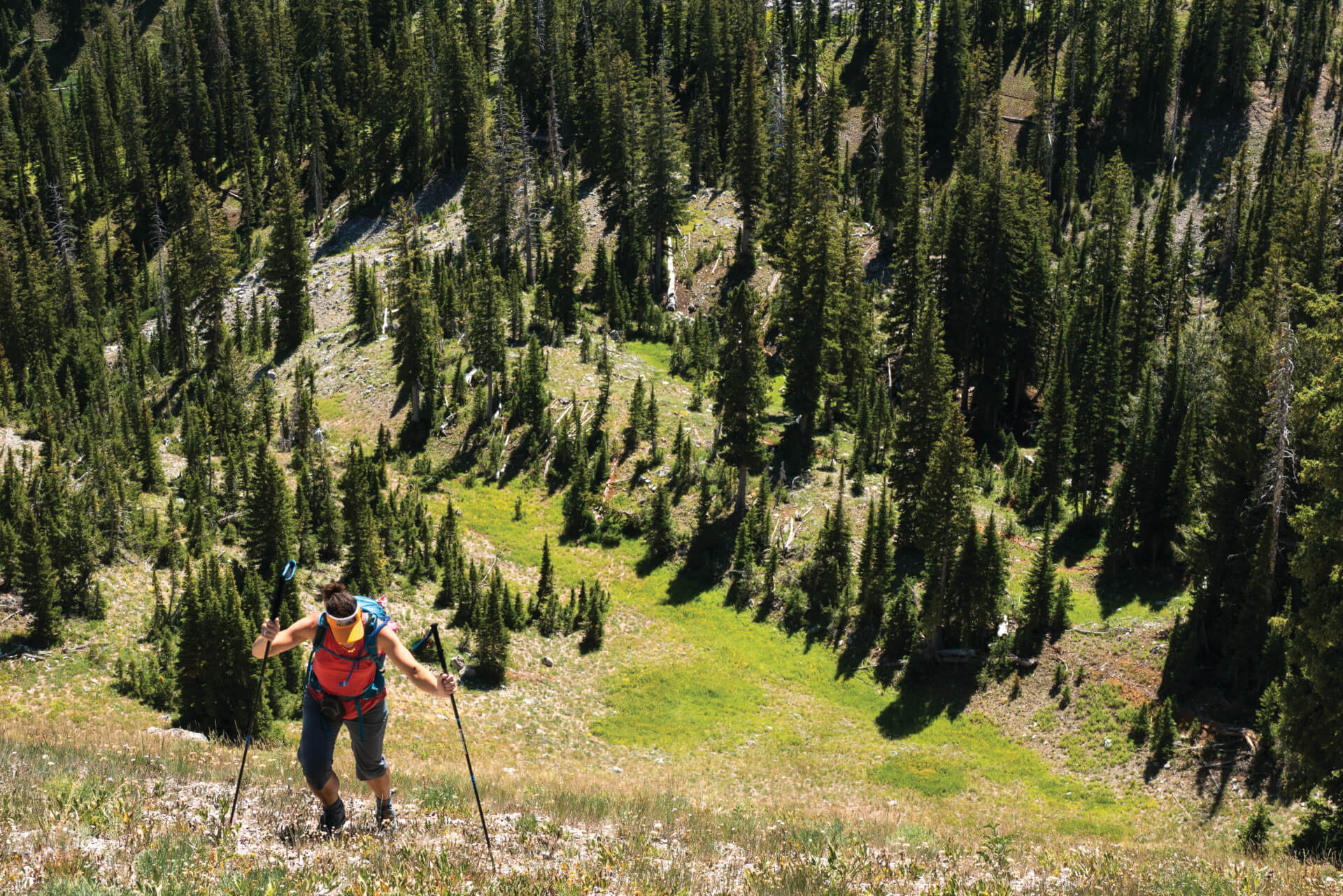
Altitude sickness
The town of Jackson sits 6,237 feet above sea level, which, for a mountain town, is not that high. However, if you’re coming from sea level, that’s a big jump and may cause altitude sickness; if you’re heading up higher into the Tetons or Gros Ventres, the problem can be more severe, especially if you will be sleeping at higher elevations. The symptoms of acute mountain sickness include headaches, tiredness, and nausea/vomiting. The more severe forms of altitude sickness, high altitude cerebral edema and high altitude pulmonary edema, are rare but can be fatal; their symptoms include extreme fatigue, confusion, and shortness of breath.
The best way to prevent altitude sickness is to increase your elevation gradually, especially when traveling or sleeping above 9,000 feet; stay well-hydrated; and refrain from drinking alcohol or doing too much heavy exercise for the first day or two at high altitudes. If your symptoms don’t improve within a couple of days (or if you have any symptoms of HACE or HAPE), you need to descend to a lower elevation. If you have an itinerary that won’t allow you to spend at least one night acclimatizing at each progressively higher elevation, consider bringing Diamox (acetazolamide), a prescription-only diuretic that can help treat AMS.
Sore Muscles
The key to preventing serious post-hike or -ride pain is preparation, so make sure to get in some training hikes or rides. If you’re still aching after a longer and harder-than-expected outing, there are several things you can do to ease the recovery so you can get back out there the next day. First, your body loses a lot of water exercising in the mountains, so it’s very important to rehydrate—with water, not beer. This will help flush toxins from your body and reduce muscle soreness. You should also eat properly during and after exercise, which includes healthy fats and carbohydrates to refill your energy stores. Stretching is also crucial to preventing inflammation and relieving pain. If none of this works and you’re in serious pain, consider treating yourself to a massage, either from a professional or a friend, which can help with circulation and can relax and relieve muscles. And don’t forget the ibuprofen.
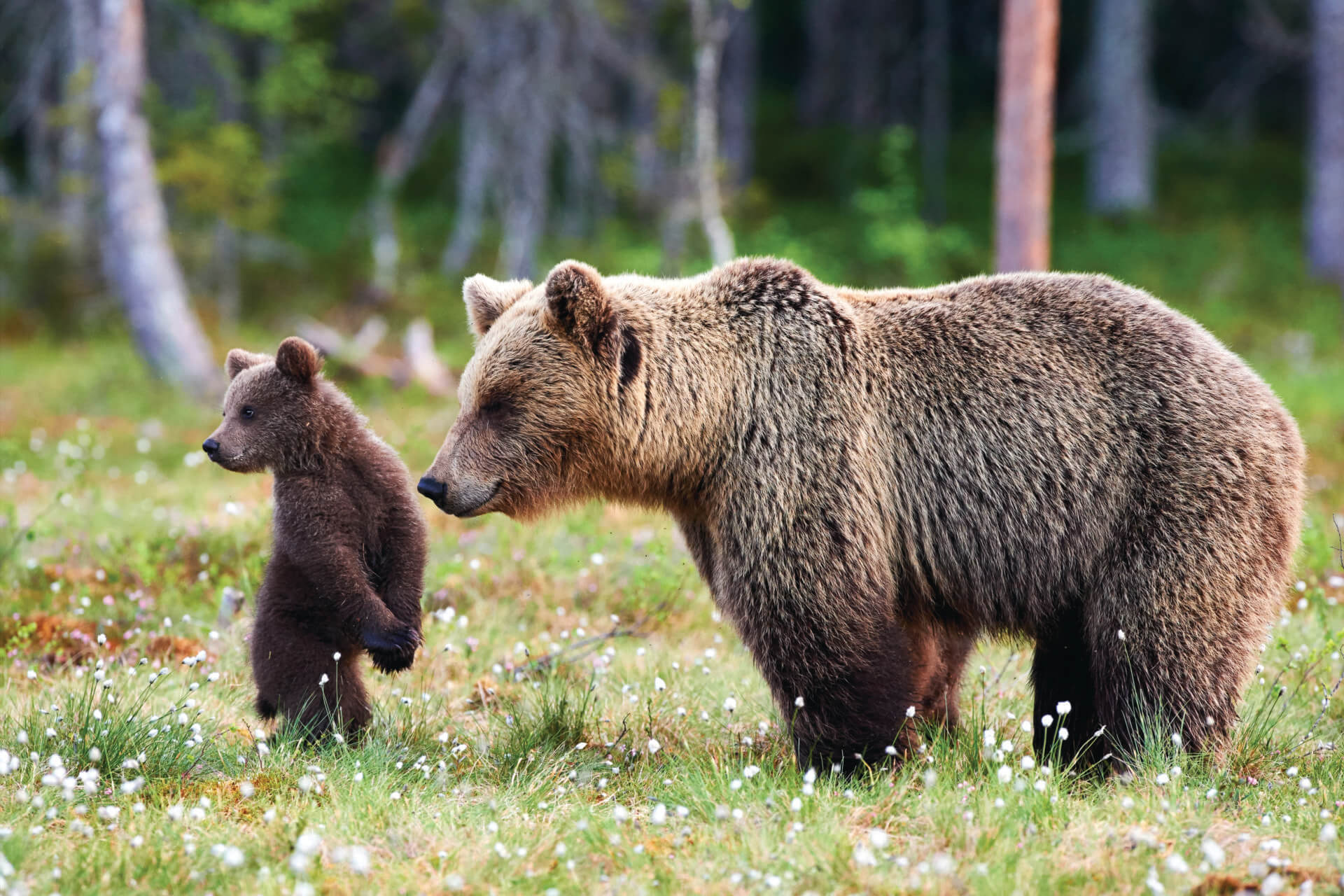
Bear Attack!
We’re kind of including this one to be funny, but not 100 percent. Bear attacks are rare, but they can happen. If you’re going to be out on the trails, you need to know what to do both to prevent one as well as how to handle the situation if it does happen. The National Park Service says following proper wildlife-viewing etiquette is the first step in avoiding an encounter with a bear that could lead to an attack. Recommendations vary, but in general, keep your distance (at least 100 yards), be especially cautious if you see a female with cubs, and avoid surprising bears by being aware of your surroundings and making noise (preferably talking, so they know you’re human and not prey; singing is also good). It’s safer to hike in groups than solo—you’ll be louder and also smellier, so the bear will notice you from farther away, plus a group is more intimidating. If you do encounter a bear, stay calm and talk to it in low tones. Don’t scream or make any sudden movements. Do not run or climb a tree; bears are better than you at both of these things. Pick up small children (and hold onto pets) immediately. Try to make yourself appear larger by standing on high ground and putting your hands above your head.
If a bear does charge, EPA-approved bear pepper spray can be an effective defense, but you must know how to use it properly. First and foremost, bear spray is not a repellent that you apply like bug spray. Bear spray works like mace against human attackers by temporarily debilitating the attacker. If a bear is coming toward you, hold the can out in front of you, remove the safety tab, and, when/if the bear gets with 20–30 feet of you, deploy the spray, aiming it at hip level or below. Keep spraying until the bear backs off.
If, despite these precautions, you do get attacked, what to do depends on the type of bear. How to tell whether it’s a grizzly or black bear? Black bears are rarely black and have rear ends that are higher than their shoulders and tall, pointy ears. Grizzly bears are generally larger than black bears—although any bear charging at you will look large—and have a pronounced hump on their shoulders, long front claws, and short, rounded ears. Black bears rarely attack, but if one does, try to escape to a vehicle or building if possible. If it’s a grizzly bear coming at you, leave your pack on and play dead by lying on your stomach with your hands behind your neck. In either case, if the attack doesn’t stop, fight back vigorously.

Blisters
Anyone who’s ever had a blister knows how inordinately debilitating these tiny wounds can be. The best way to prevent the singular misery of blisters is to avoid getting them in the first place. Take the time to break in your hiking boots (even if they’re not new and you just haven’t worn them in a while); you might feel silly walking around the park in your Danners, but you will be so glad you did on mile five of a hike. Also, make sure to bring a blister kit (actually, bring a real first aid kit on any hike, which should include moleskin and tape for preventing blisters), and if you feel any “hot spots” (an area that starts to hurt or feel hot), stop and apply moleskin immediately before it turns into a blister. If you do end up with a blister, treat it like any open wound by cleaning it well with warm soap and water and applying antibiotic ointment and a nonstick bandage or gauze pad. You may need to cut away the flap of dead skin with scissors after the blister starts to heal.
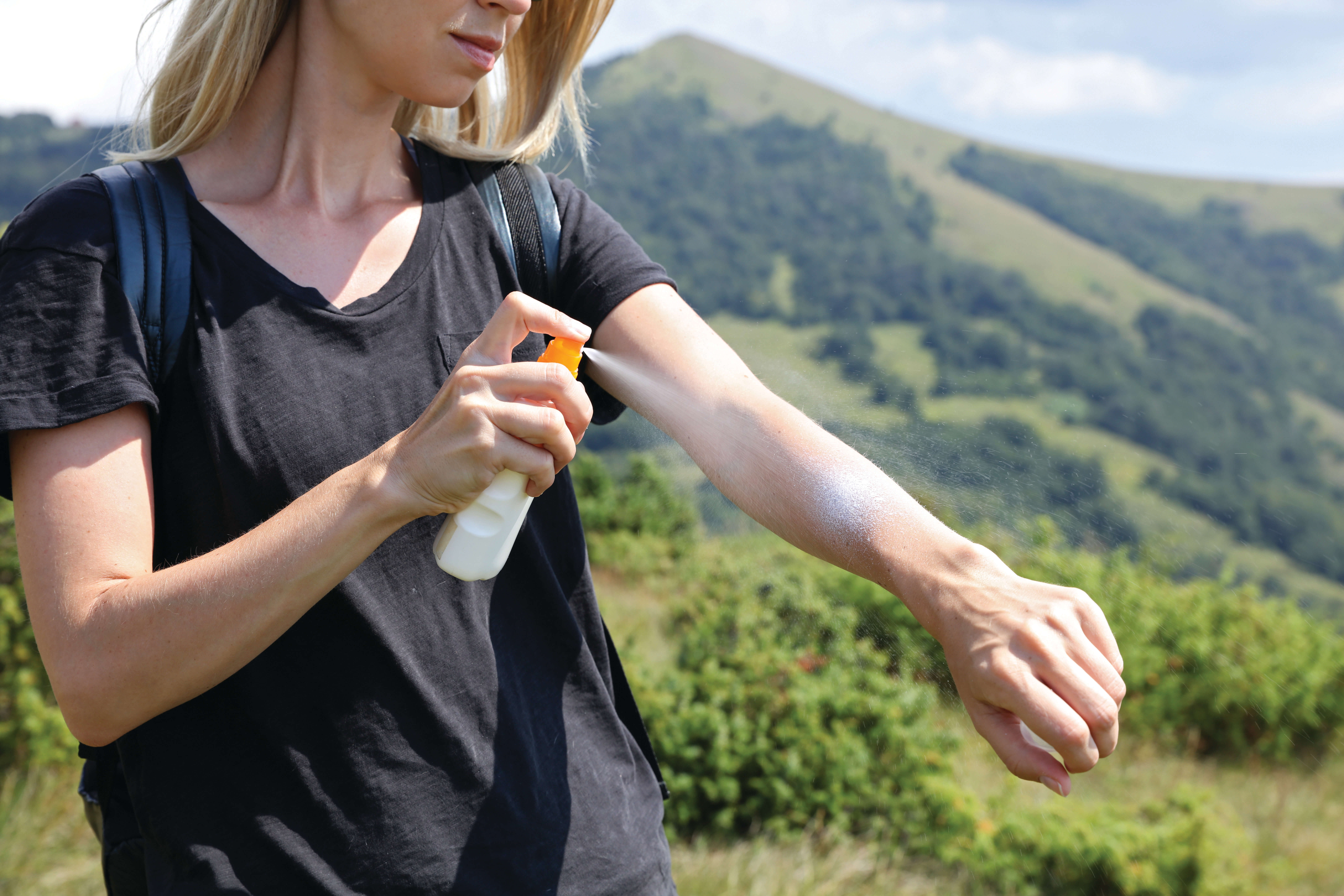
Sunburn
Jackson’s elevation means you’re 6,000 feet closer to the sun than you are at sea level, with less atmosphere to filter out the sun’s rays. Intense rays can cause sunburn to happen more rapidly here than at lower elevations. In fact, for every thousand feet of elevation gain, the UV level increases by 6–10 percent. You know enough to wear sunscreen on any outdoor adventure, but in places like Jackson Hole, it’s even more crucial to liberally apply SPF 30 or higher (50 is better) before you head out, even if it’s cloudy. Make sure you use a broad-spectrum sunscreen and reapply often, especially if you get wet or sweaty. You should also wear sun-protective clothing if you’ll be out for longer than an hour. Most outdoor-apparel brands now make UPF 50-plus clothing and hats, so make sure you have long sleeves and a hat (and sunglasses of course) at the very least. JH

